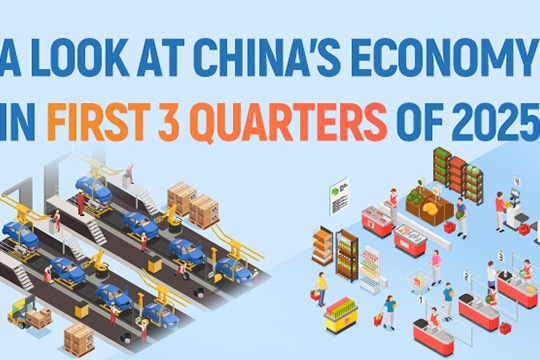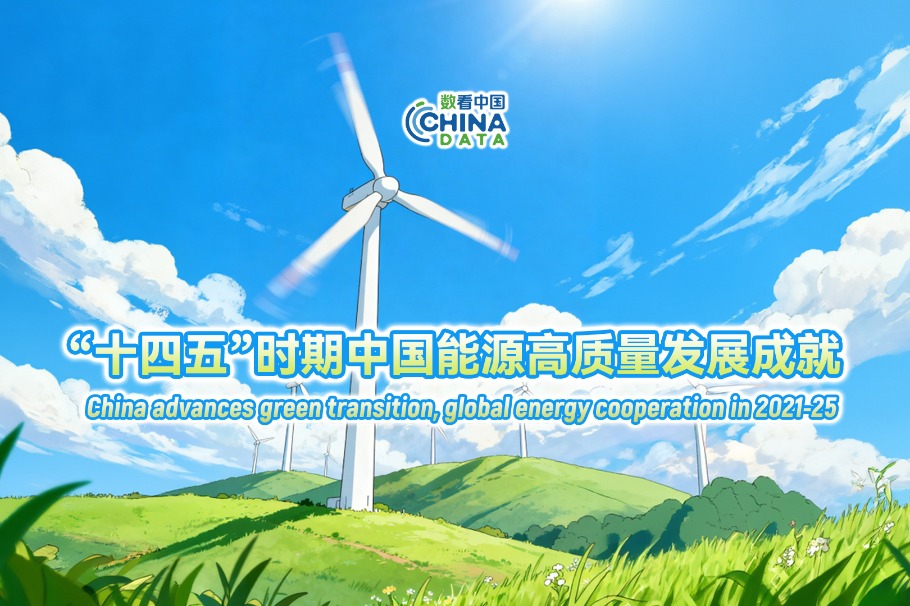Chinese flange makers to develop more innovative manufacturing methods

China's major flange producing county Dingxiang in Shanxi province is stepping up development of innovative manufacturing technologies, in line with the government's mission to promote high-quality development.
The county announced recently that it has partnered with top institutes like Tsinghua University to explore tech innovation especially in forging and thermo-processing. The goal is to develop more high-end products, like aluminum magnesium alloy flanges other than forged steel flanges, to move up the global value chain.
"Encouraging innovative technologies is a strategic direction for our county this year. Meanwhile, we plan to roll out a series of measures to boost industry standards and attract more investment, hoping to make Dingxiang a top-level flange producer worldwide," said Zhang Hairui, an official with the Dingxiang county government.
To date, Dingxiang is home to 324 flange-making companies, and their annual production capacity has reached 1 million metric tons. According to Zhang, flange products from Dingxiang account for about 30 percent of China's total flange output. Its production of flanges used in wind turbine towers accounted for 60 percent of China's total output.
In 2018, total output of the forging sector (mainly flanges) in Dingxiang reached 860,000 tons, up 19.4 percent year-on-year, with total value hitting 8.7 billion yuan ($1.26 billion), up 16.2 percent year-on-year.
According to Zhang, flanges made in the county are currently sold to over 40 countries and regions.
A flange is a ridge used externally or internally, to attach two objects such as pipes, or to add stiffness of certain objects. Flanges can be used in numerous areas. Zhang said Dingxiang's flange products are used in industries like aerospace, petrochemicals, and thermal power generation. Guanjiaying Flange, a major flange producer from Dingxiang, is now a major supplier for global oil and gas company Royal Dutch Shell.
"Right now we also see flanges being used in new fields, like steam turbines. We believe it (new products) will become a new growth pillar for Dingxiang's flange industry," Zhang said.
"Going forward, we will make efforts to make Dingxiang's flange manufacturing more appealing to the global market, through tech innovation and product quality enhancement," he said.
Tech adaptation in manufacturing has been a focus of efforts of companies and government. The industry regulator the Ministry of Industry and Information Technology had selected a total of 305 pilot projects for smart manufacturing by 2018 to encourage tech innovation in traditional industries.
A rough estimate shows that their production efficiency has risen 37.6 percent on average, after the projects adopted tech innovation in their manufacturing workshops.
In contrast, their cost of production has been lowered by 21.2 percent on average, and the cycle of product research and development has been shortened by 30.8 percent on average.
Wang Xiaosong, a researcher at the National Academy of Development and Strategy of Renmin University of China, a think tank, and also a professor in economics with the university, said that tech innovation is "a fundamental driving force "of high-quality development in the manufacturing sector.
"Tech innovation helps raise productivity and promotes energy-efficient production processes for manufacturing companies, through which they can increase their global competitiveness," Wang said.
A poll from consulting firm McKinsey in 2017 showed that about 86 percent of Chinese companies were positive about smart manufacturing, and had expectations that tech innovation has huge potential to create more benefits for their companies.
"But companies still face great challenges in their pursuit of tech innovation and high-quality development, as many companies that lack tech or financial support, or excessive production capacity, are likely to be wiped out from the market," Wang said.
China still has a lot to do to catch up with some developed countries in smart manufacturing and high-quality development. "However, the country has made great achievements. The outlook is bright," he said.




































